(The Library: Article) I have wondered how to name this article. The number seven is found across all cultures and the number of articles about "The Seven Something" is ever growing. Many more than seven articles have provided subjective views of the Seven Wonders and the meaning of number 7 and I provide a list with comments at the very end of this article.
The Seven Wonders of the World often refer to the seven wonders of antiquity. but also it refers to the wonders around the Mediterranean Sea. This is why some wonderful and impressive achievements of mankind, such as the Great Wall of China, do not belong to the list; Because it was not near Greece. It was also built during antiquity. Other wonders such as Stonehenge and Easter Island are not on the list, once again, because of where the list comes from.

The origins of this list was in Greece and this explains why all the original "Seven Wonders of the World" are all near the Mediterranean Sea (except Babylon). The first list is attributed to the Greek Diodorus Siculus and a second list, which included the walls of Babylon as a wonder, was written by the epigrammist Antipater of Sidon, around 100 BC. And if you're wondering what an epigrammist did in a practical manner, the answer is that he or she wrote epigrams, or short poems or written thoughts often with a satirical nature.
In this article, I wanted to take a look at those seven wonders that you probably have heard of. A single one is still standing and it is probably the best known and also the first one to be built. Here, I will look at the seven original wonders in a chronological order. But first, this is the quote attributed to Antipater of Sidon:
I have gazed on the walls of impregnable Babylon along which chariots may race, and on the Zeus by the banks of the Alpheus, I have seen the hanging gardens, and the Colossus of the Helios, the great man-made mountains of the lofty pyramids, and the gigantic tomb of Mausolus; but when I saw the sacred house of Artemis that towers to the clouds, the others were placed in the shade, for the sun himself has never looked upon its equal outside Olympus.
— Greek Anthology IX.58
The Great Pyramid of Giza (Egypt, 2561 BC)
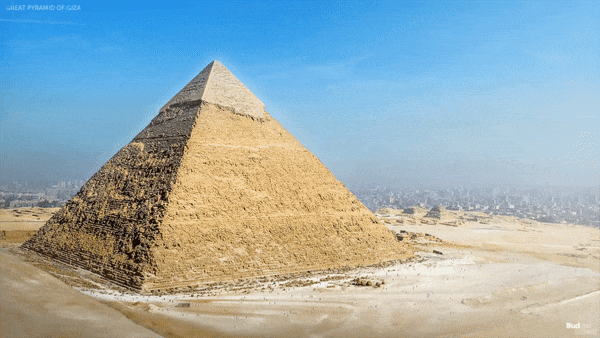
Undoubtedly the best known of the wonders of antiquity is the Great Pyramid of Giza, also known as the Pyramid of Cheops, and being the only one still present today, it is a living testament of how such a sight would have amazed the traveller of antiquity. Imagine seeing the sun reflected on the golden pyramidion from very far away.
Built with limestone, mortar and some granite along with gold, it is one of the oldest construction of mankind. Standing at 481 feet when was built, originally, it remained for a long time the tallest structure built by humans. Time has eroded its smooth surface and as such it is now about 454 feet in height. Almost identical and it's present day neighbour, the pyramid of Khafre/Khefren/Chefren is only slightly smaller and was built shortly after, around 2530 BC.
The Great Pyramid was built for the Pharaoh named Khufu and its construction is dated from 2584 BC to 2561 BC, thus lasting 23 years. On the illustration above, we can see the golden cap (called a pyramidion) adorning the very top of the pyramid. A similar demarcation in the structure between the pyramidion and the base can be seen in The Eye of Providence - see my article about Bubbles and Pyramids.
The Hanging Gardens of Babylon (Iraq, 600 BC)
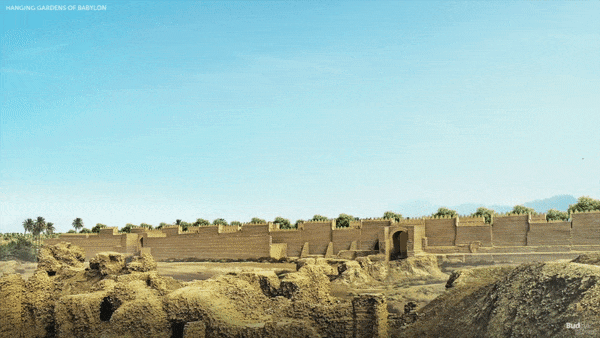
Built around 600 BC, the city of Babylon was also famous for its impregnable walls, as mentioned in the quote above from the Greek Anthology. King Nebuchadnezzar was behind the wonder and years later would go on to destroy the temple in Jerusalem. The influence in the architecture was Babylonian and Assyrian.
It is said that the water was pumped up to the top from the Euphrates river. The vegetation adorning it made it into a luxuriant stepped pyramid with water flowing throughout its various levels. Today, little remains of the temple, located in a ruin near modern day, war-torn, Baghdad.
The causes of its destruction remain unknown but looking at the other wonders and their respective fates, one could assume that an earthquake would have weakened the structure. We date its destruction roughly after the first century AD.
The Temple of Artemis at Ephesus (Turkey, 550 BC)
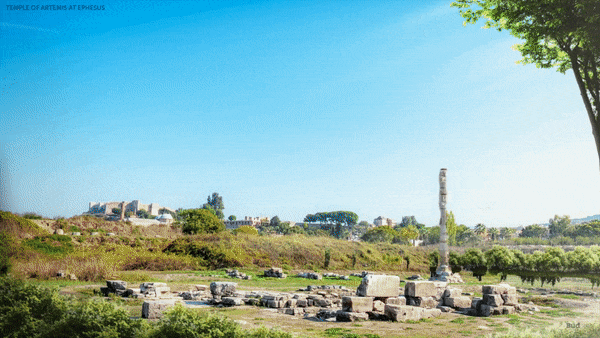
This wonderful temple, showing how noble and elegant the architecture of the Greeks was erected for Apollo's twin sister, Artemis. Built in 550 BC and rebuilt in 323 BC, the influences in the architecture are Greek, in a very obvious fashion (see the similarities with the Temple and the Statue of Zeus below) and also Lydian.
Its present day location is in Turkey, across from the Aegean Sea from Athens. What was contained inside must have been as marvellous as the exterior, visible in the virtual reconstruction shown above.
The causes of its destruction would have been by fire, much like the Statue of Zeus. We know that Herostratus first destroyed the temple in 356 BC and again in 262 AD it was plundered by the Goths, after its reconstruction.
The Statue of Zeus at Olympia (Greece, 435 BC)
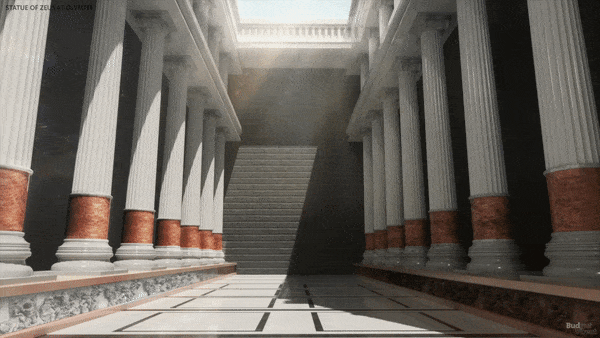
A statue to honour the Greek god Zeus, the most majestic of gods, it was located within the Temple of Artemis, itself within the city of Olympia. This statue was said to be of divine inspiration. It stood 40 feet tall and the Temple in which it lay was also part of the wonder.
The temple was built between the years 466 BC to 456 BC and the statue was built in 435 BC. The famed Greek sculptor Phidias of Athens worked on the statue, using gold and ivory.
His workshop has been found but the fate of the statue itself is lost to history. It was disassembled and reassembled at Constantinople but later destroyed by fire and lost during the 5th and 6th centuries.
The Mausoleum at Halicarnass (Turkey, 351 BC)
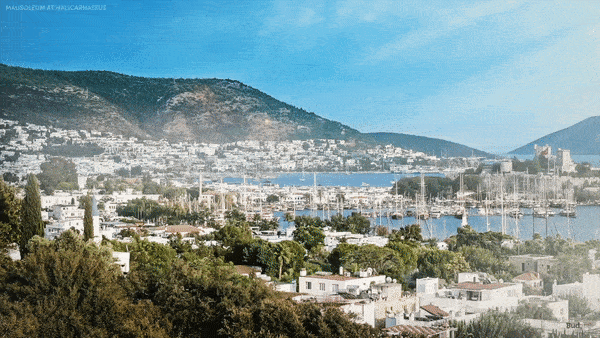
This massive tomb was said to stand 136 feet high. It is depicted in its original location, which is today Bodrum, Turkey. At the very top stood the tomb itself. The building was built on the orders of the Queen Artemisia, in southeastern Turkey, after the death of the King of Carnia, Mausolus, and this occured near his death around 353 BC. Built with white marble and composed of various architectural styles borrowing at the same time from the Egyptians as well as from the Greek and Lydian, the construction probably took two years to build, and was thus completed in 351 BC.
The mausoleum was destroyed during one or more earthquake(s) between the 12th and 15th century. Some of those pieces have been found and identified and some were even used to fortify another castle. The artistry that is said to have adorned the tomb at the top and the frescoes and statues were said to be marvellous.
The Colossus of Rhodes (Greece, 280 BC)

The Sun God, Helios, is depicted above in what is modern day Rhodes, with this 100 foot bronze statue that has both legs are separated by water. It is unknown but more probable that the real Colossus had both legs together, in order to support its heavy weight. The design was made by the sculptor, Chares of Lindos. It is said that in order to pay for the materials, the city had to sell leftover tools from a preceding siege. The statue took 12 years to build.
The Colossus fell in 226 BC during the earthquake that struck the city. The metal was then reused when Arabs invaded and as such we do not know where exactly it stood. To imagine such a sight during antiquity must have been quite a wonder.
The Lighthouse of Alexandria (Egypt, 270 BC)

Located on the river Nile, on the small island of Pharos, it was used to guide ships at night around the busy port of Alexandria. Built in approximately ten years, it was completed in 270 BC. The architecture and style are Greek, Ptolemaic and Egyptian. The architect Sostratos worked on the lighthouse. The architecture itself, similarly to the Mausoleum of Halicarnass, featured a 3-tier building. For the lighthouse, the middle section was octagonal and the final section was cylindrical. Also, adorning the very top was a 16 foot statue, probably that of Ptolemy II or Alexander. The height is only estimated but the most accurate modern measurement would place it at 380 feet tall.
The lighthouse was destroyed by a series of earthquakes that occurred between 956 and 1323. Some parts of the building were found at the bottom of the Nile.
The 8th Wonder(s)
In my view, the 8th Wonder of the World are my Six sponsors of Read.cash: @Ling01, @Theblackdoll, @Luna1999, @ErdoV, @cmoneyspinner and @Mictorrani :
Thanks to my sponsors, I can write this list as I have often dreamed of seeing the wonders with my own eyes. Possibly, in the future, we can have virtual reconstructions in the metaverse. Who will be the virtual architects of the future wonders?
It must be said that many slaves were worked to death in the building of the wonders. Thankfully, humanity has moved away from such methods even if it still lingers today. See this video documentary by The Empire Files / Telesur for one such example. Yet another example is documented here. Those are high quality documentaries that you should see to make up your mind. They don't deal with real wonders or with fictitious horrors but with real horrors of the modern world.
I love architecture and landscaping along with urban design. And also interior design, of course, since it is really just about the other side of the wall. And since it is the space we inhabit more closely. The desire for beauty to surround us is what has driven humankind to such accomplishments.
It should be noted that many other human constructions and works of art or engineering could qualify as Wonders of the World. I have no particular plans to examine them in the future but I will mention them if need be. For instance, the game Civilization features wonders that can be built in a city of your choice. I will touch on those in a future article. But for now, here is a quick list of other Wonders of the World, presented in no particular order.
Many ruins and not so ruined are to be found in this amazing article: https://matadornetwork.com/trips/30-worlds-impressive-ruins/
The list of Wonders not part of the club of 7: Moia statues on Easter island, Stonehenge, Oracle of Delphi, Sphinx, Angkor Wat, Acropole, Macchu Picchu, Colosseum, Taj Mahal, Terracotta Army, Great Wall of China, Golden Buddha in Bangkok, Statue of Liberty, Eiffel Tower, St-Basil's Cathedral, Notre-Dame, Hermitage Museum, Burj Dubai, Five Gorges Dam, Hoover Dam, Mount Rushmore, Statue of Christ near Rio, Tical, Chichen Itza, Cuzco, Venice, Louvre, Buckingham Palace, Castle Germany, Castle Laferrière, Hubble, ISS, LIGO...
Someday I will write about Castles and Fortifications because it touches my interests and I spent a lot of time drawing those as a kid and thinking about the most impregnable fortresses. Playing with LEGO helped me with that.
Also, I can't wait to be done with the past articles and take a look at what Wonders humanity shall build in the future. I am impatient to write an article about Dyson Spheres. It's just that there's a lot to cover before I get there. I need to take a look at Ringworlds first... and even before that, I should have an article about Orbital Assemblies themselves, all of which are wonders of their own.
I know I am missing a ton in the short list above but the goal was not to be exhaustive. The LIGO is the Laser Interferometer Gravitational-wave Observatory. Not to be confused with LEGO.
Coming Up Next
The next article by The Library / Intelli Gaming will be on the topic of the game called LEGO. It is a game that is known across the world and has contributed to spark the imagination of countless kids across the world, myself included. It is with a vivid imagination and a taste for Grandeure that we set upon building Wonders in this mortal world.

Resources
Animated images made by NeoMam Studios, original image: https://www.budgetdirect.com.au/blog/the-7-wonders-of-the-ancient-world-reconstructed.html
And (also NeoMam Studios) : https://www.worldhistory.org/collection/88/reconstructions-of-the-seven-wonders-of-the-ancien/
Other resources:
https://wilstar.com/wonders-of-the-world/mausoleum-at-halicarnassus/
https://australia.edu/Resources/7-wonders-of-the-world.html
https://en.wikipedia.org/wiki/Seven_Wonders_of_the_Ancient_World
https://en.wikipedia.org/wiki/Eighth_Wonder_of_the_World
https://www.britannica.com/topic/Seven-Wonders-of-the-World
Other articles on Read.cash:
See the article by @Mictorrani about What is Special with Number 7?
7 Wonders of the World
https://read.cash/@Owenzkie/7-wonders-of-the-world-e842a209
New ones to add to the list.
7 Wonders of the World
https://read.cash/@bbhoho44/7-wonders-of-the-world-cd5af6dd
Asian wonders (mostly, some South American).
The 7 Wonders of the World
https://read.cash/@Jona/the-7-wonders-of-the-world-0a7f81e2
Asian wonders (mostly, some South American).
The 7 Wonders of The Ancient World
https://read.cash/@Jeaneth/the-7-wonders-of-the-ancient-world-13414862
Same list as mine, with details and the dates.
New 7 Wonders of the World
https://read.cash/@QuertTheExplorer/new-7-wonders-of-the-world-b3244346
Short article.
7 Wonders of the World for 2020
A nice look a natural wonders and some technological ones too...
The new 7 wonders of the World
https://read.cash/@Ryuu15/the-new-7-wonders-of-the-world-0ba648a5
A quick fact sheet but the article lacks quality.
Fallen 7 wonder of the world
https://read.cash/@Eurystheus/fallen-7-wonder-of-the-world-9ebcb07f
About rice terraces.
The 7 Wonders of the Ancient World
https://read.cash/@TigerApon/the-7-wonders-of-the-ancient-world-2e526557
Is a copy of @Jeaneth.
7 Wonders in the world
https://read.cash/@Tamu/7-wonders-in-the-world-4081e981
Asian wonders (mostly, some South American).
7 Amazing Underground Wonders of the World
https://read.cash/@NusratJahan/7-amazing-underground-wonders-of-the-world-c918b341
An interesting look at underground wonders.
Natural Wonders of The World
https://read.cash/@Jeaneth/natural-wonders-of-the-world-aed259ea
A nice look at natural wonders, from the biggest to the smallest.
7 most beautiful nature attractions in the United States
https://read.cash/@Our.journey/7-most-beautiful-nature-attractions-in-the-united-states-f0b6b040
As the name suggests, 7 wonders can be found wherever you look.
7 amazing and unsolved puzzles of planet Earth!
https://read.cash/@mhv/7-amazing-and-unsolved-puzzles-of-planet-earth-cb032bb7
Some more mysteries about the wonders of this world.



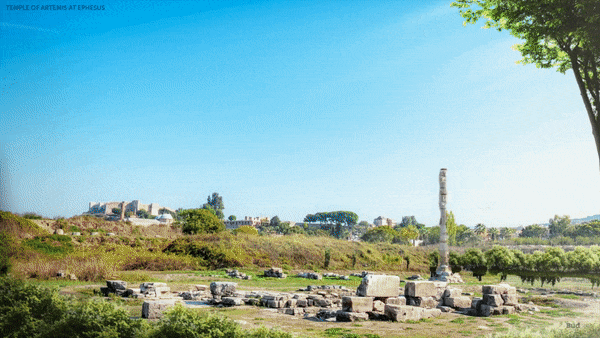
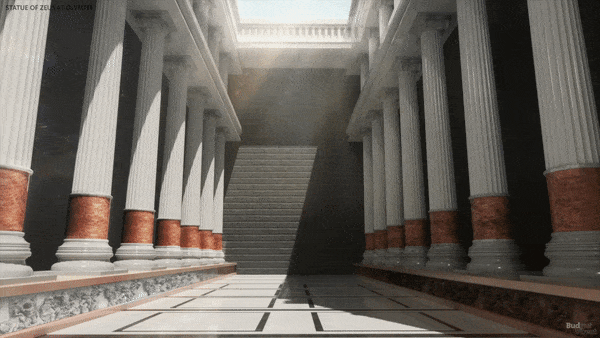
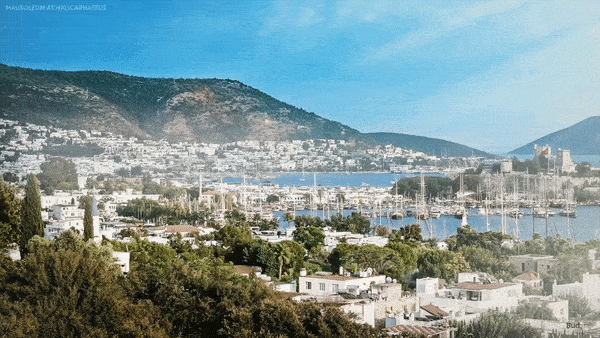



those are 7 wonders that are not mainstream. Very good to explain. Btw, thanks for choosing me as the eighth prodigy. ha ha ha